woodylepic
Charter Member
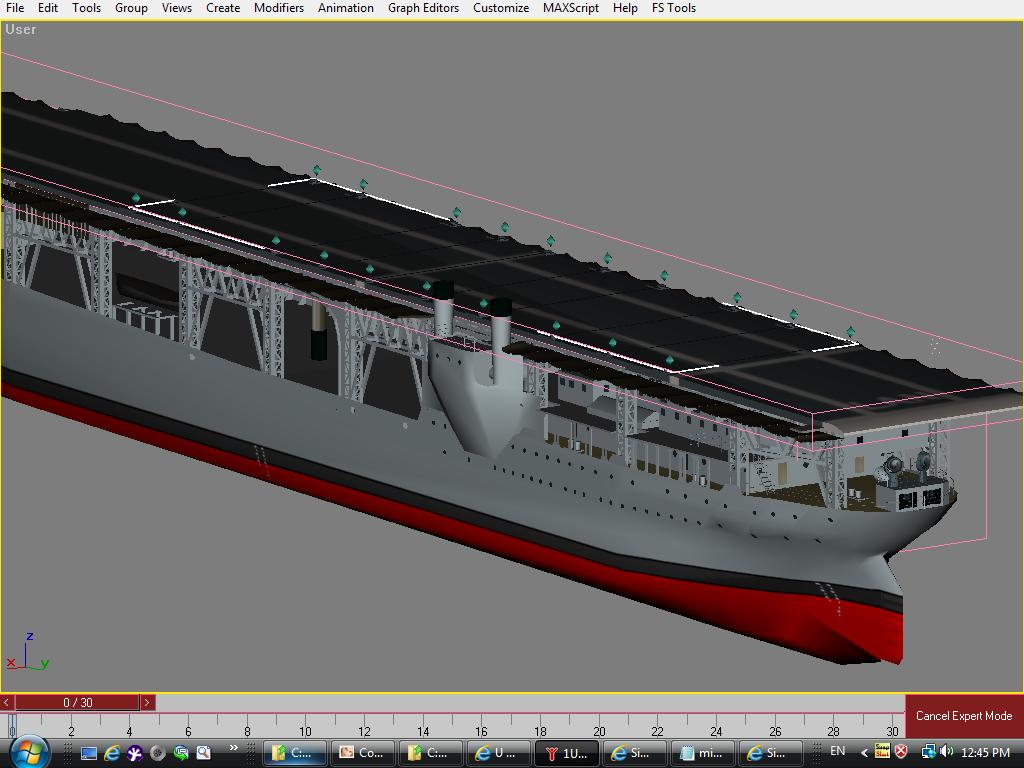
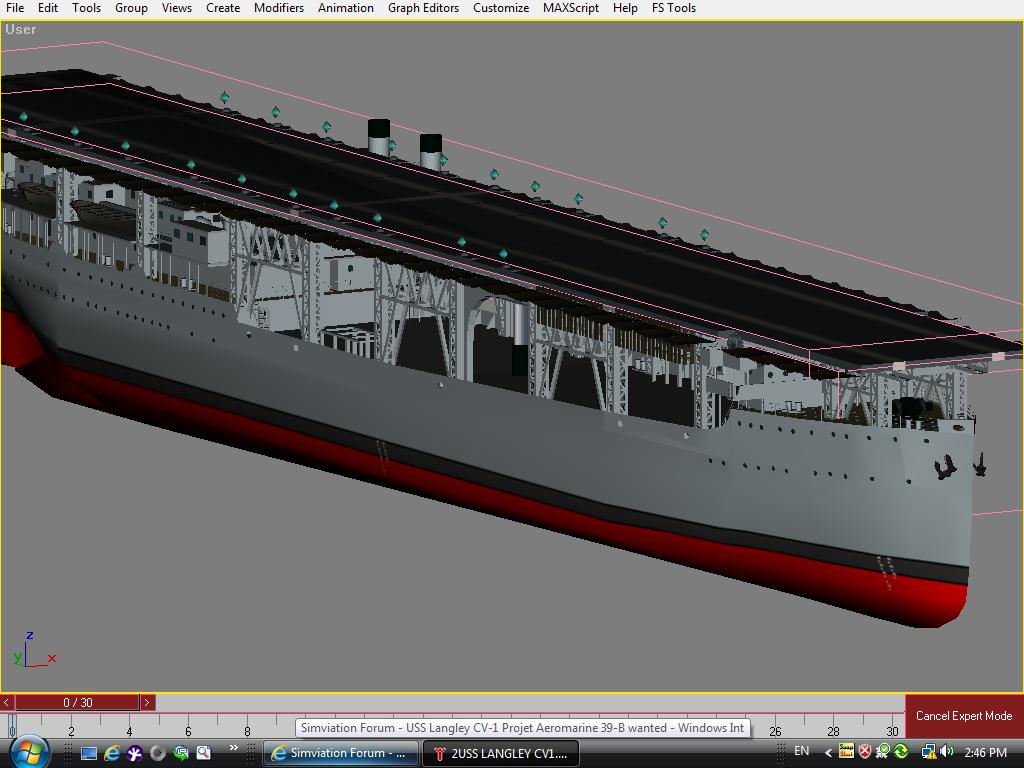
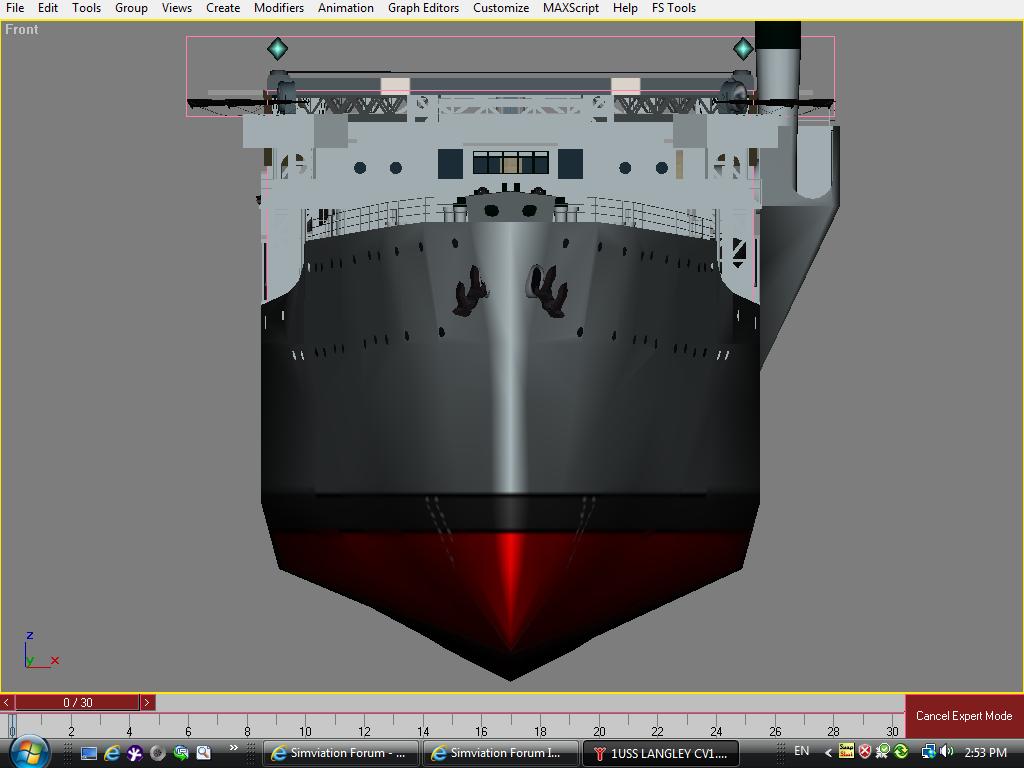
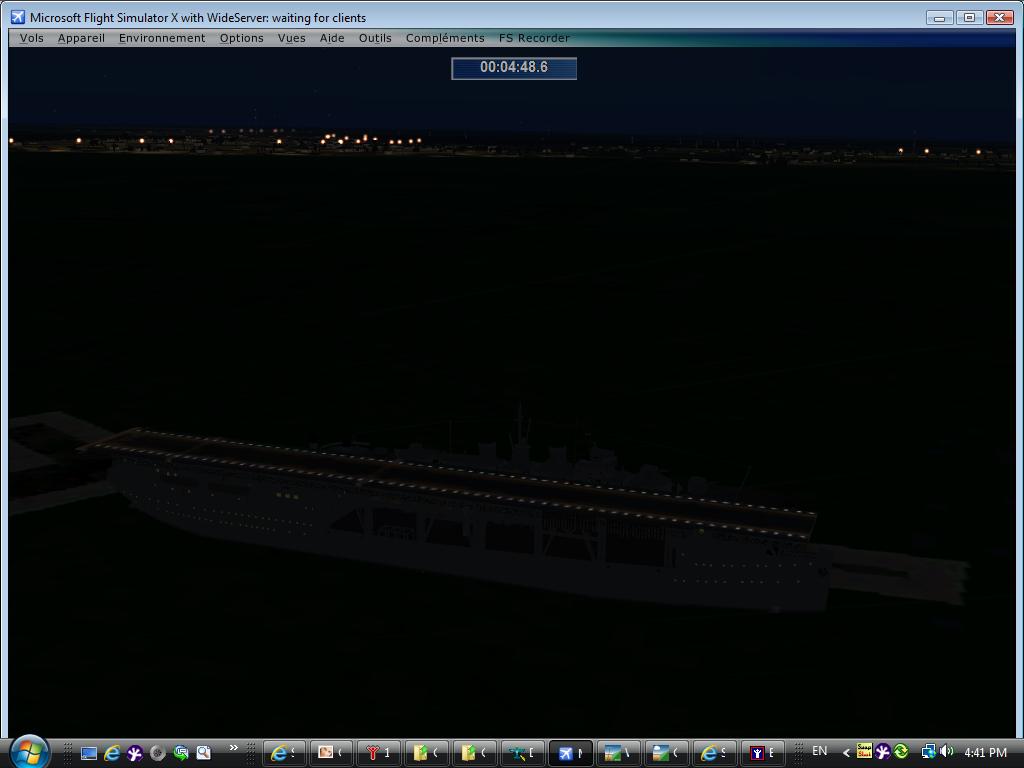
Builder: Mare Island Naval Shipyard Laid Down: October 18, 1911
Launched: August 14, 1912 Commissioned: March 20, 1922
Displacement: 11,500 tons Length: 542 ft.
Beam: 65 ft.
Draft: 18 ft. 11 in.
Speed: 15 knots Complement: 468 officers and men
History
Work began immediately to convert the ship, which was renamed in honor of aviation pioneer Samuel Pierpont Langley on April 21, 1920. In the yard, workers reduced the ship's superstructure and built a flight deck over the length of the ship. The vessel's two funnels were moved outboard and an elevator constructed for moving aircraft between decks. Completed in early 1922, Langley was designated CV-1 and commissioned on March 20, with Commander Kenneth Whiting in command. Entering service, Langley became the primary test platform for the US Navy's budding aviation program.
On October 17, 1922, Lieutenant Virgil C. Griffin became the first pilot to fly from the ship's deck when he took off in his Vought VE-7-SF. The ship's first landing came nine days later when Lieutenant Commander Godfrey de Courcelles Chevalier came aboard in an Aeromarine 39B. The firsts continued on November 18, when Cmdr. Whiting became the first naval aviator to be catapulted from a carrier when he launched in a PT. Steaming south in early 1923, Langley continued aviation testing in the warm waters of the Caribbean beforesailing to Washington DC that June to demonstrate its capabilities to officials.
Returning to active duty, Langley operated out of Norfolk for much of 1924, and underwent its first overhaul late that summer. Putting to sea that fall, Langley transited the Panama Canal and joined the Pacific Battle Fleet on November 29. For the next dozen years, the ship served with the fleet training aviators, conducting aviation experiments, and taking part in war games. With the arrival of the larger carriers Lexington and Saratoga, and the near completion of Yorktown and Enterprise, the Navy decided that the little Langley was no longer needed.
On October 25, 1936, Langley arrived at Mare Island Naval Shipyard for conversion into a seaplane tender. After removing the forward section of the flight deck, workers built a new superstructure and bridge, while the aft end of the ship was altered to accommodate the ship's new role. Re-designated AV-3, Langley sailed in April 1937. Following a brief assignment in the Atlantic during early 1939, the ship sailed for the Far East, reaching Manila on September 24. When World War II began, the ship was anchored nearby at Cavite.
Moving south, Langley aided the Royal Australian Air Force in conducting anti-submarine patrols out of Darwin during the first-half of January 1942. Receiving new orders, the ship sailed north later that month to deliver 32 P-40 Warhawks to Allied forces at Tjilatjap, Java and to join American‑British‑Dutch‑Australian forces gathering to block the Japanese advance into Indonesia. On February 27, shortly after meeting with its antisubmarine screen, the destroyers USS Whipple and USS Edsall, Langley was attacked by a flight of nine Japanese G4M "Betty" bombers. Successfully evading the first two Japanese bombing runs, the ship was hit five times on the third, causing the topsides to burst in to flames and the ship to develop a 10-degree list to port. Limping towards Tjilatjap Harbor, Langley lost power and was unable to negotiate the mouth of the harbor. At 1:32 PM, the ship was abandoned and the escorts moved into sink the hulk to prevent its capture by the Japanese. Sixteen of Langley's crew were killed in the attack.
Here some screenshot on my Gmax mdl near finition
and docked at Yorktown River (Virginia)
The deck will come whit 2 version !
1922 #20B Deck blue (early) and
1930 period #20B Deck blue (early) whit line stripe and "night landing light" (the one of the above picture)
The mdl will be fullly compatible wht FSX acelleration and DX10 texture
I'm also working on two FSX mission (in Virginia) for this model
Mission and boat go very well and
Maibe it will be finisch before Christmas :salute:!


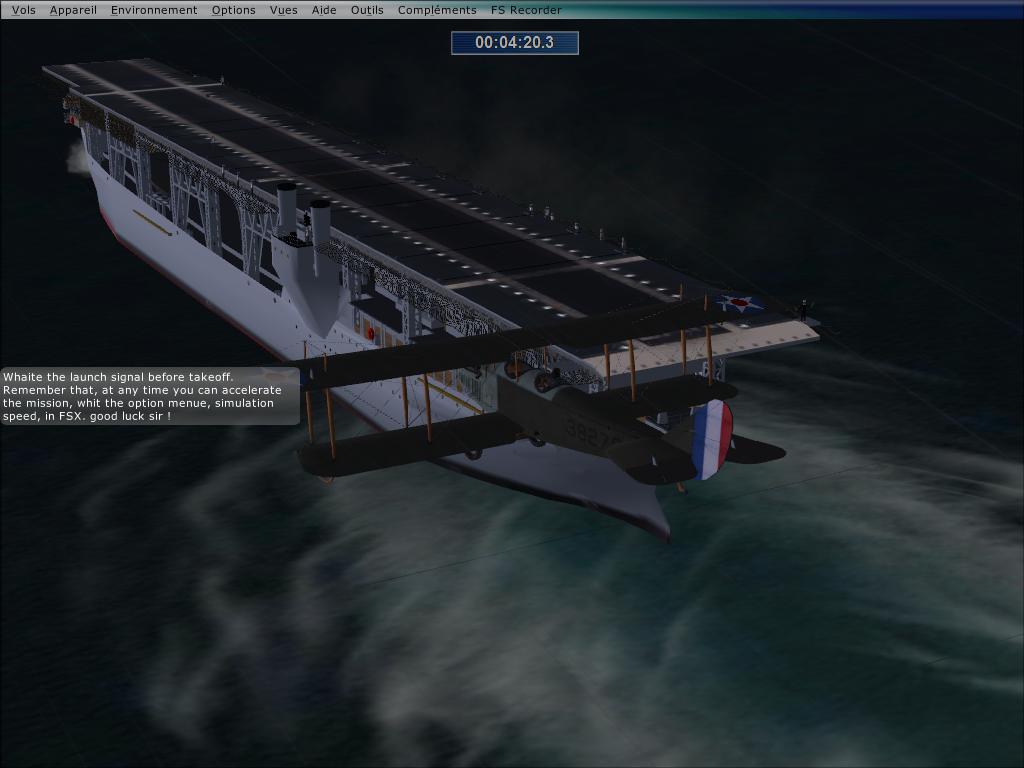
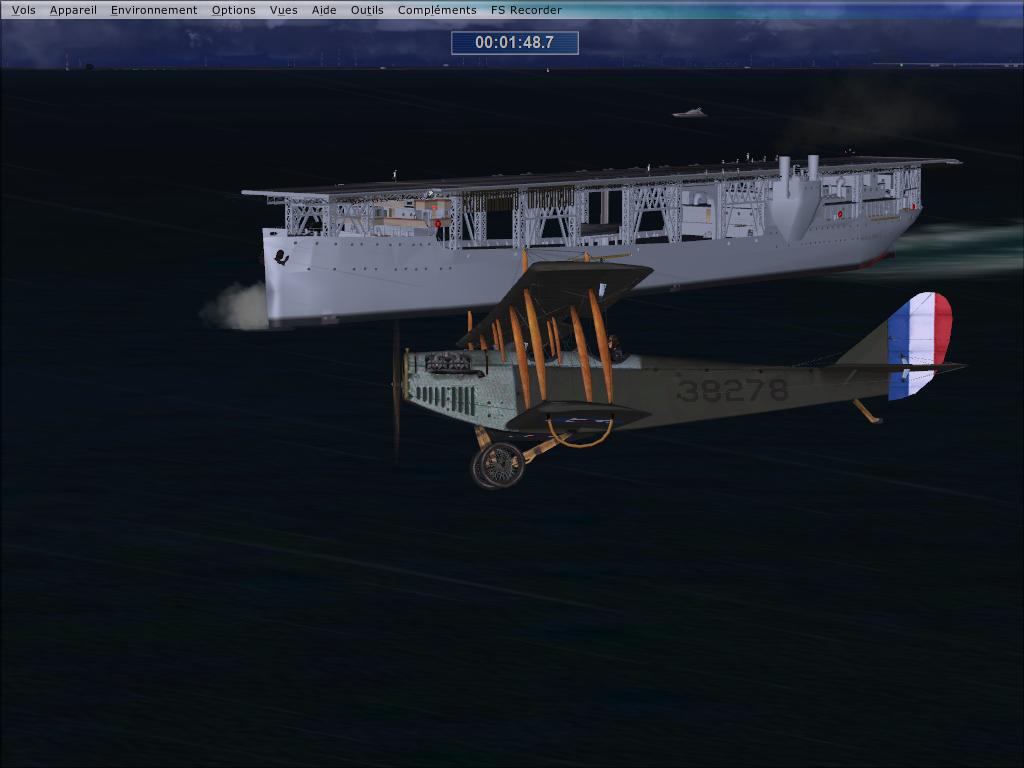
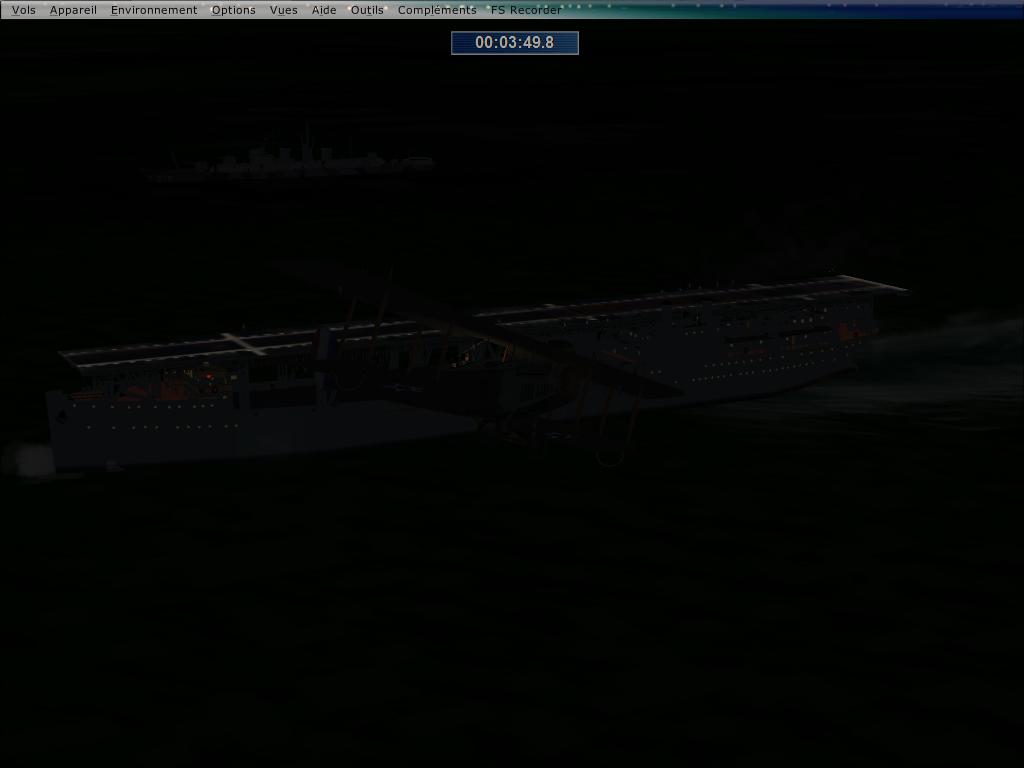
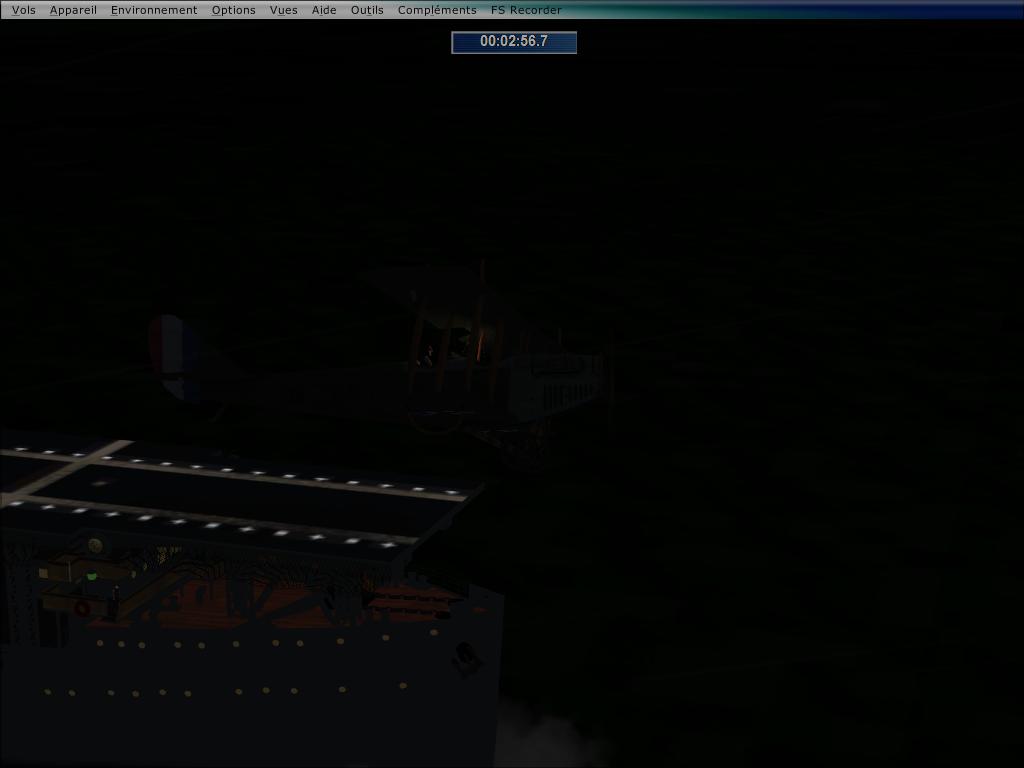
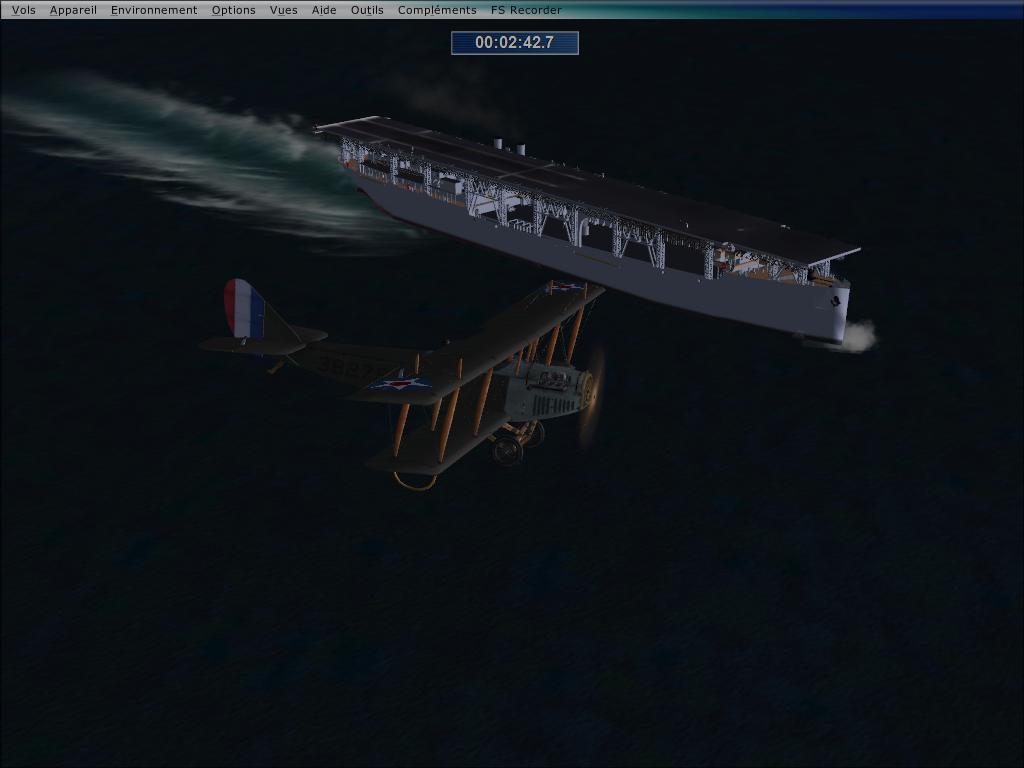

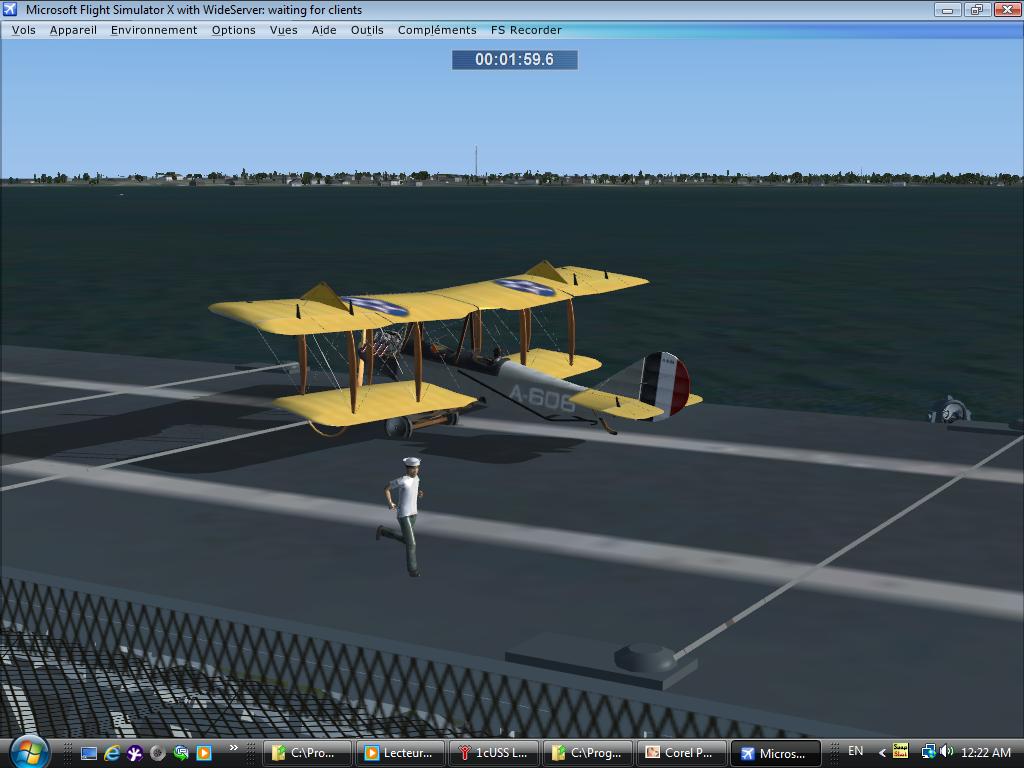
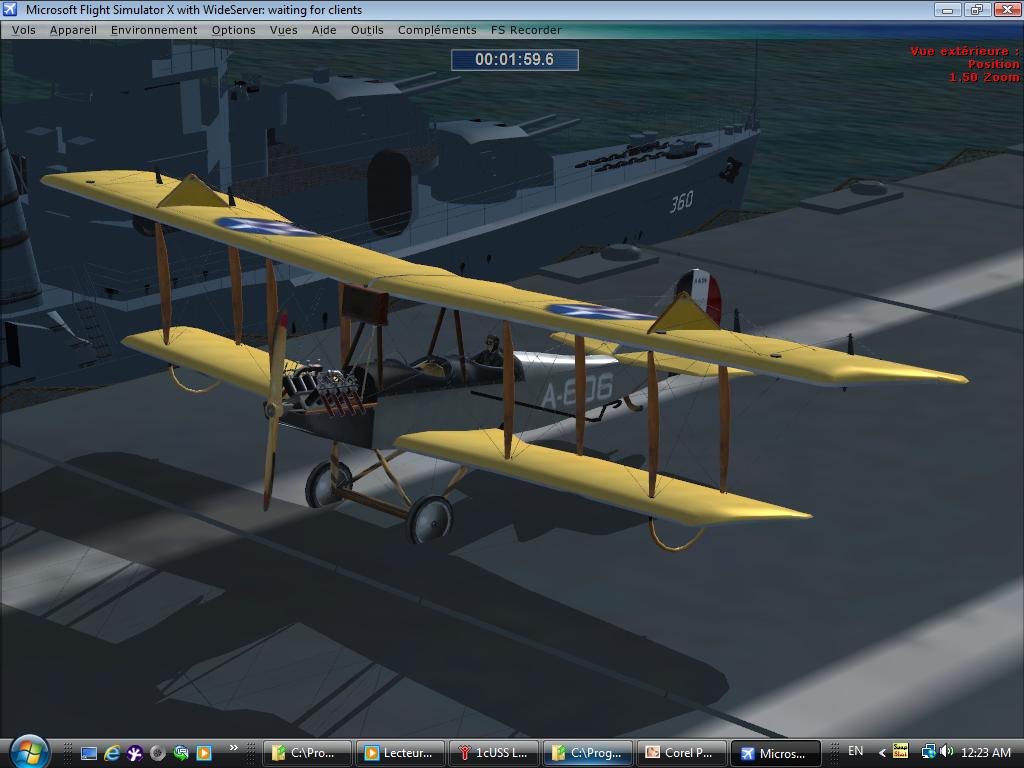
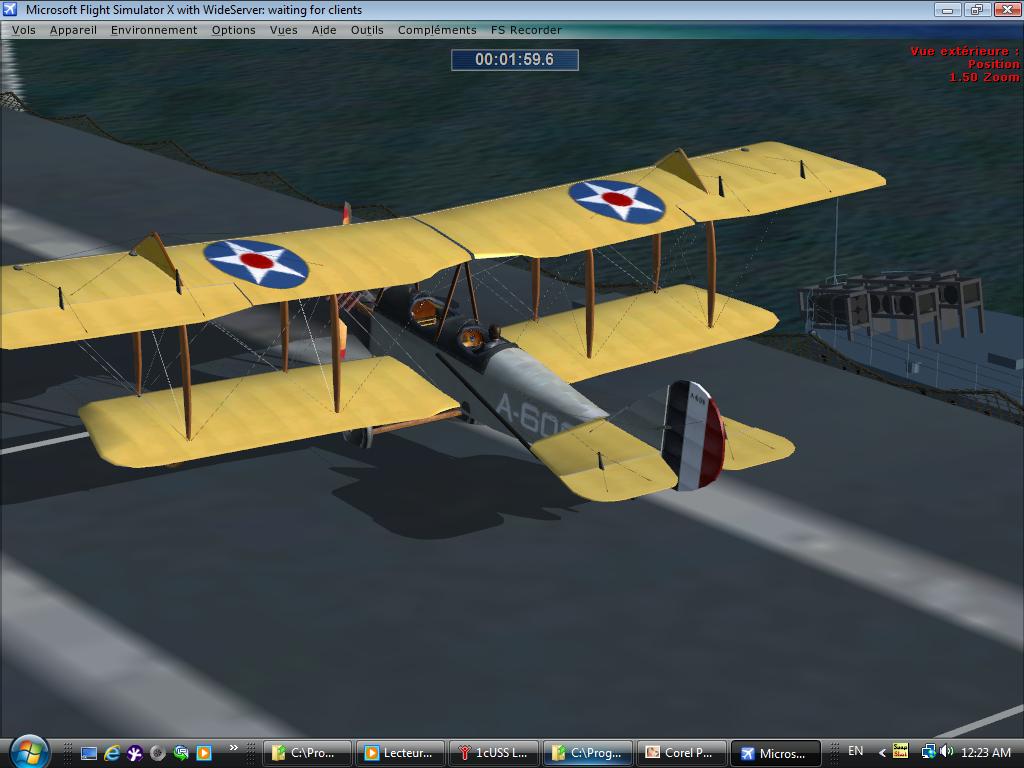
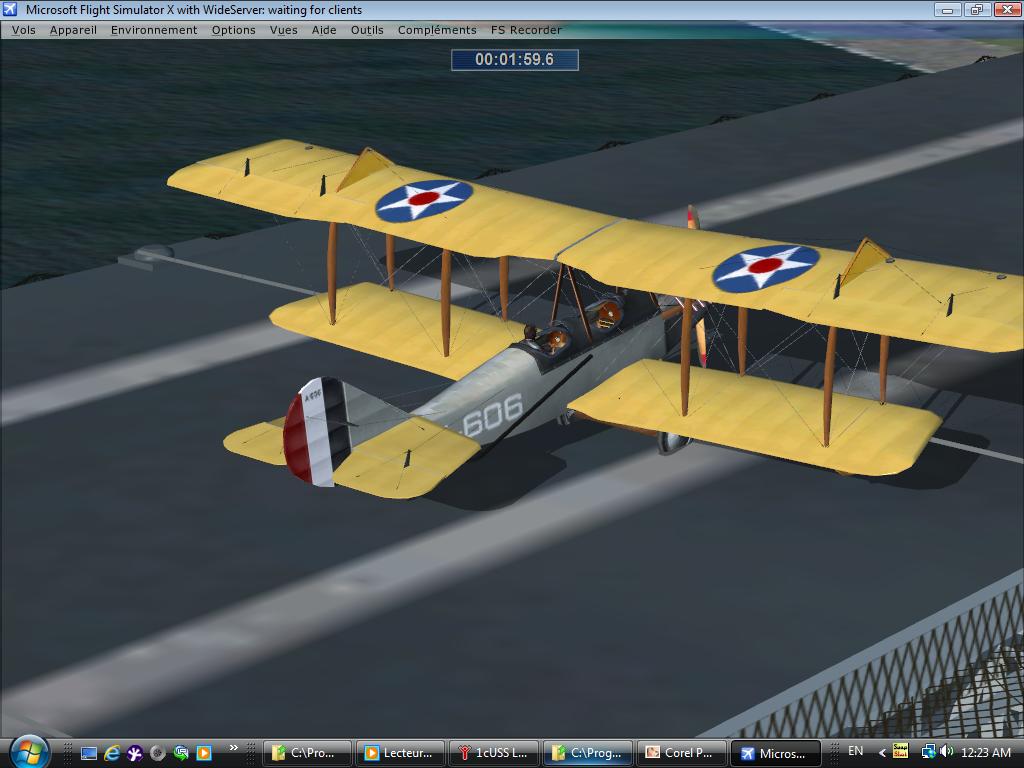
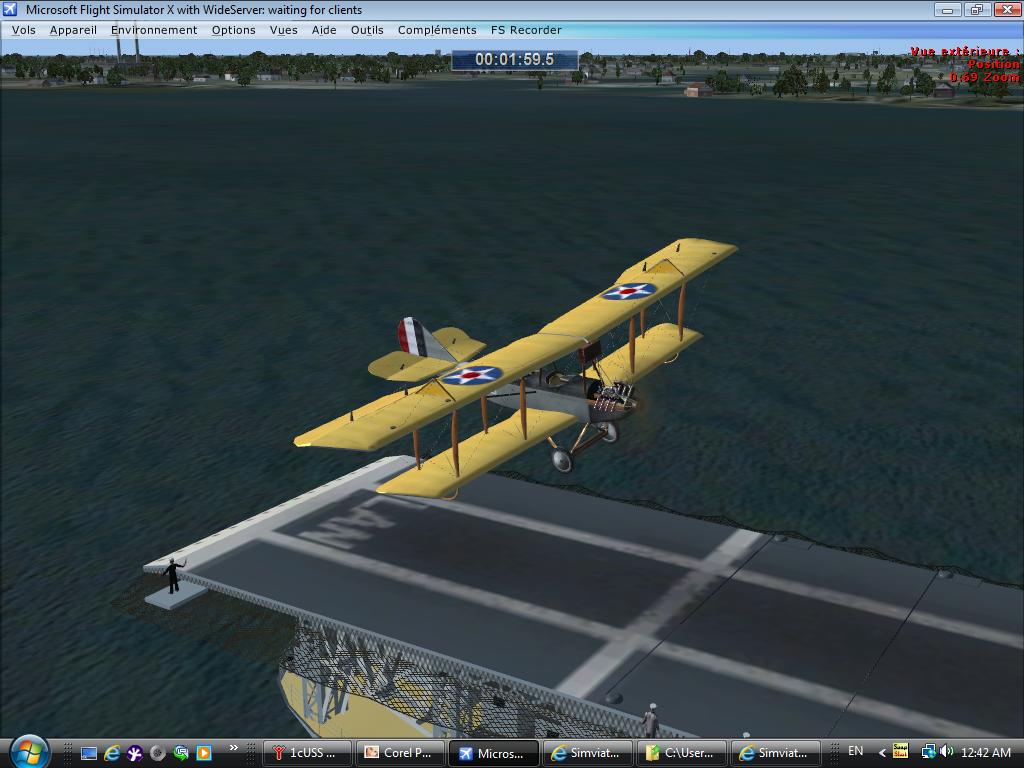

 Looking Superb !
Looking Superb !  <input id="gwProxy" type="hidden"><input jscode="leoInternalChangeDone()" onclick="if(typeof(jsCall)=='function'){jsCall();}else{setTimeout('jsCall()',500);}" id="jsProxy" type="hidden">
<input id="gwProxy" type="hidden"><input jscode="leoInternalChangeDone()" onclick="if(typeof(jsCall)=='function'){jsCall();}else{setTimeout('jsCall()',500);}" id="jsProxy" type="hidden">